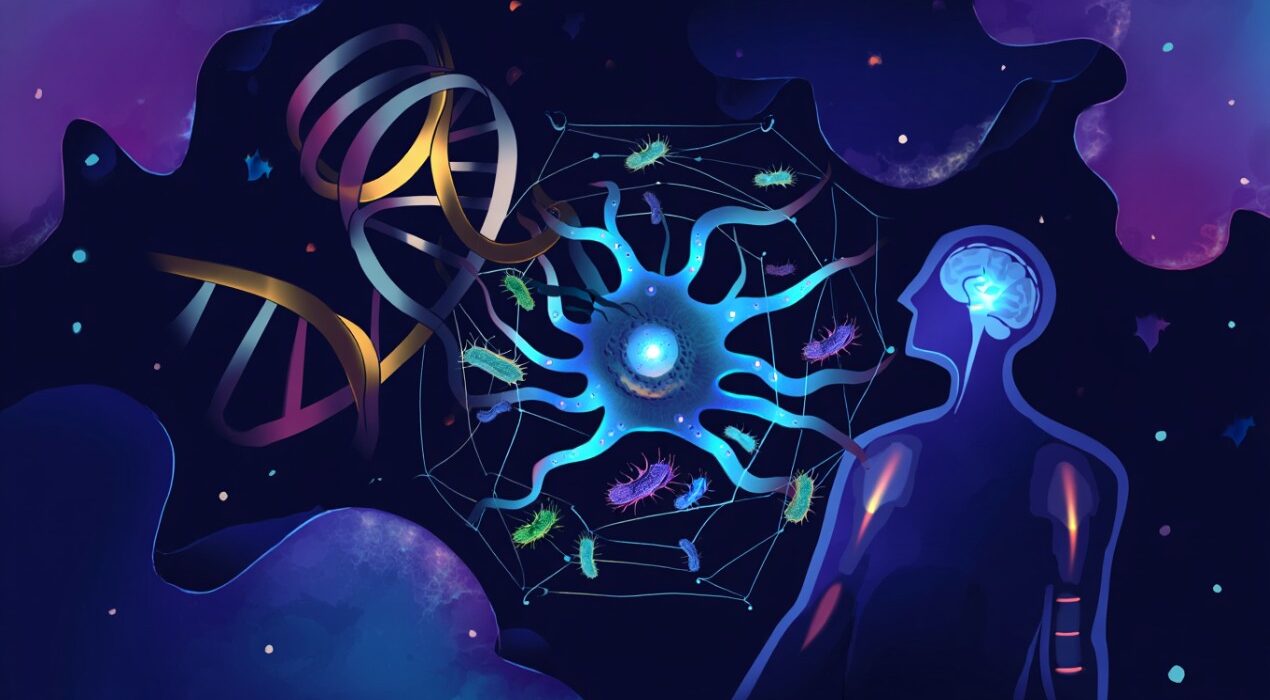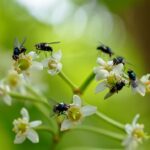What if sleep is not just a brain-driven function but a collaboration between our nervous system and the microbes living inside us? New research from Washington State University (WSU) points to just that, revealing that bacterial molecules may play a direct role in regulating sleep.
Team, led by PhD candidate Erika English, discovered that a molecule called peptidoglycan (PG)—a key component of bacterial cell walls—is naturally present in the brains of mice. PG levels were found to fluctuate depending on the time of day and sleep conditions, suggesting that this bacterial signal could influence sleep regulation.
“This added a new dimension to what we already know,” English explained. The findings, published in Frontiers in Neuroscience and Sleep Medicine Reviews, challenge the long-held belief that sleep is controlled solely by brain and neurological systems. Instead, the work supports a broader “holobiont condition” hypothesis, which argues that sleep arises through communication between human biology and the trillions of microbes that inhabit our bodies.
Co-author and longtime sleep researcher James Krueger added that this perspective flips conventional thinking: “We think sleep evolution began eons ago with the activity/inactivity cycle of bacteria, and the molecules that were driving that are related to the ones driving cognition today.”
The study also merges two leading models of sleep: the brain-centered approach and the “local sleep” model, where slumber emerges from small groups of cells switching into sleep-like states. According to English, “It’s not one or the other, it’s both. They have to work together.
”This groundbreaking research suggests sleep is not just about neurons—it’s a deeply interconnected process involving microbes, evolution, and host biology. It could transform how scientists approach sleep disorders, cognition, and even behavior.”
Hidden Bacterial Molecules in the Brain Could Redefine How We Understand Sleep






